João Barata, a physicist in the Nuclear Theory Group at the U.S. Department of Energy’s (DOE) Brookhaven National Laboratory, has received a fellowship at CERN, the European Organization for Nuclear Research. In October 2024, Barata will begin the three-year-long appointment in CERN’s Department of Theoretical Physics.
Tag: Theoretical Physics
Teasing Strange Matter from Ordinary
Like protons and neutrons, Lambda particles consist of three quarks bound together by gluons. But unlike protons and neutrons, which contain a mixture of up and down quarks, Lambdas also contain a strange quark.
Finding new physics in debris from colliding neutron stars
Neutron star mergers are a treasure trove for new physics signals, with implications for determining the true nature of dark matter, according to research from physicist Bhupal Dev at Washington University in St. Louis.
Neuromorphic computing will be great… if hardware can handle the workload
A scientific team, including Purdue University, propose hardware that mimics the human brain
Neuromorphic computing will be great… if hardware can handle the workload
Technology is edging closer and closer to the super-speed world of computing with artificial intelligence. But is the world equipped with the proper hardware to be able to handle the workload of new AI technological breakthroughs?
PROSPECT Characterizes the Footprint of Neutrinos
Predictions based on the Standard Model of particle physics don’t always agree with what scientists see in experimental data. One way to examine these differences is emissions of neutrinos from nuclear reactors. As part of this research agenda, scientists in the PROSPECT Collaboration have reported the most precise measurement ever of the energy spectrum of antineutrinos emitted from the fission of uranium-235, providing a new reference energy spectrum and new constraints on the origin of the disagreements between data and models.
Accelerating waves shed light on major problems in physics
Researchers derive new wave equation that sheds light on fundamental physics questions.
Perimeter and Haiqu partnership forges new model for quantum computing research
The Perimeter Institute and quantum software startup Haiqu have established a new partnership to more closely connect fundamental research and technological innovation.
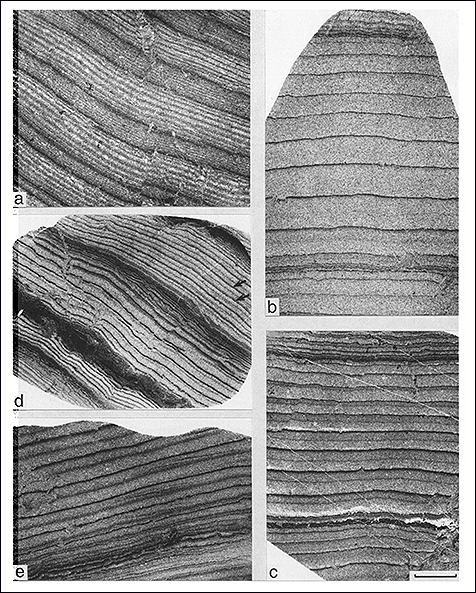
Why the day is 24 hours long: Astrophysicists reveal why Earth’s day was a constant 19.5 hours for over a billion years
A team of astrophysicists at the University of Toronto (U of T) has revealed how the slow and steady lengthening of Earth’s day caused by the tidal pull of the moon was halted for over a billion years.
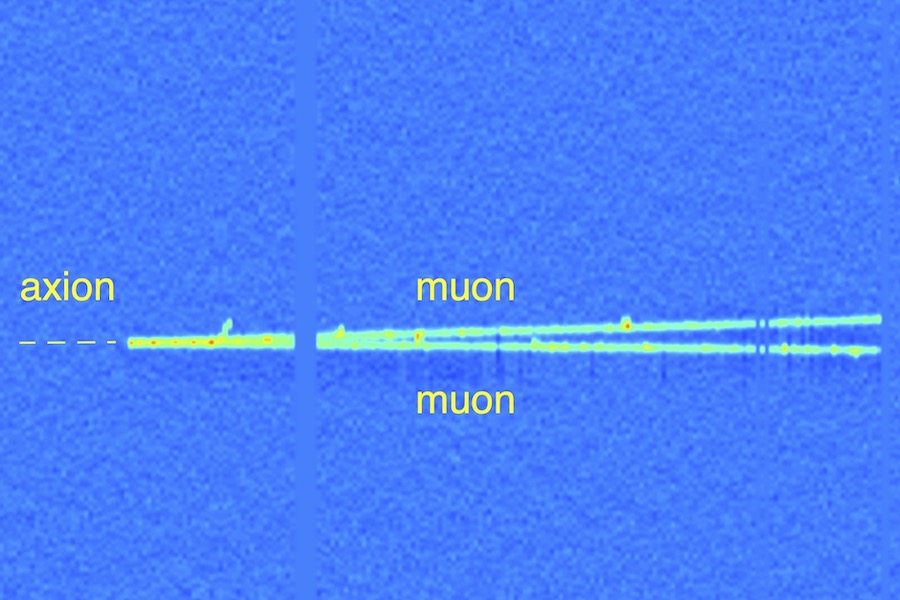
University of Minnesota theoretical physicists help expand the search for new particle
A team led by University of Minnesota Twin Cities physicists has discovered a new way to search for axions, hypothetical particles that could help solve some of nature’s most puzzling mysteries.
SLAC theorist Lance Dixon receives Galileo Galilei Medal
Lance Dixon, professor of particle physics and astrophysics at the Department of Energy’s SLAC National Accelerator Laboratory and Stanford University, will receive the 2023 Galileo Galilei Medal for his contributions to theoretical physics. The award was announced by the Italian National Institute of Nuclear Physics (INFN) on Feb. 15 – the 459th birthday of Galileo.
‘Exotic hadrons’ research to advance knowledge of nuclear physics
IU physicist Adam Szczepaniak is leading a project exploring the physics of exotic hadrons — a largely unexplored group of subatomic particles — under a $1.8 million grant from the U.S. Department of Energy.
Confining quarks
A new way to study quarks, one of the building blocks of the protons and neutrons that make up atomic nuclei, is proposed.
Particles of Light May Create Fluid Flow, Data-Theory Comparison Suggests
A new computational analysis by theorists at Brookhaven National Laboratory and Wayne State University supports the idea that photons (a.k.a. particles of light) colliding with heavy ions can create a fluid of “strongly interacting” particles. In a new paper they show that calculations describing such a system match up with data collected by the ATLAS detector at Europe’s Large Hadron Collider (LHC).
Researchers build long-sought nanoparticle structure, opening door to special properties
Researchers have built a unique, long-sought structure from gold nanoparticles. Alex Travesset of Iowa State and the Ames National Laboratory has the equations and illustrations to explain how it all happened. This new nanomaterial could have useful optical, mechanical and electronic characteristics.
Theoretical calculations predicted now-confirmed tetraneutron, an exotic state of matter
Iowa State University’s James Vary and an international team of nuclear physicists used supercomputers to theorize and predict that a four-neutron structure, a tetraneutron, could form for just billions of billionths of a second. Experiments in Japan have now confirmed the reality of a tetraneutron.
Research Breakthrough Means Warp Speed ‘Unruh Effect’ Can Finally Be Tested in Lab Settings
A major hurdle for work at the forefront of fundamental physics is the inability to test cutting-edge theories in a laboratory setting. But a recent discovery opens the door for scientists to see ideas in action that were previously only understood in theory or represented in science fiction.
Science Snapshots from Berkeley Lab
An experiment to study gravity at the quantum scale, insights into an antibiotic-building enzyme, and the backstory of an incredible new protein prediction algorithm are featured in this month’s roundup of science highlights.
The torch is passed: Perimeter Institute names a new Board Chair
Twenty years after launching the Perimeter Institute for Theoretical Physics, founder Mike Lazaridis is confident the future looks brilliant under the guidance of his successor as Board Chair, Canadian entrepreneur Mike Serbinis.
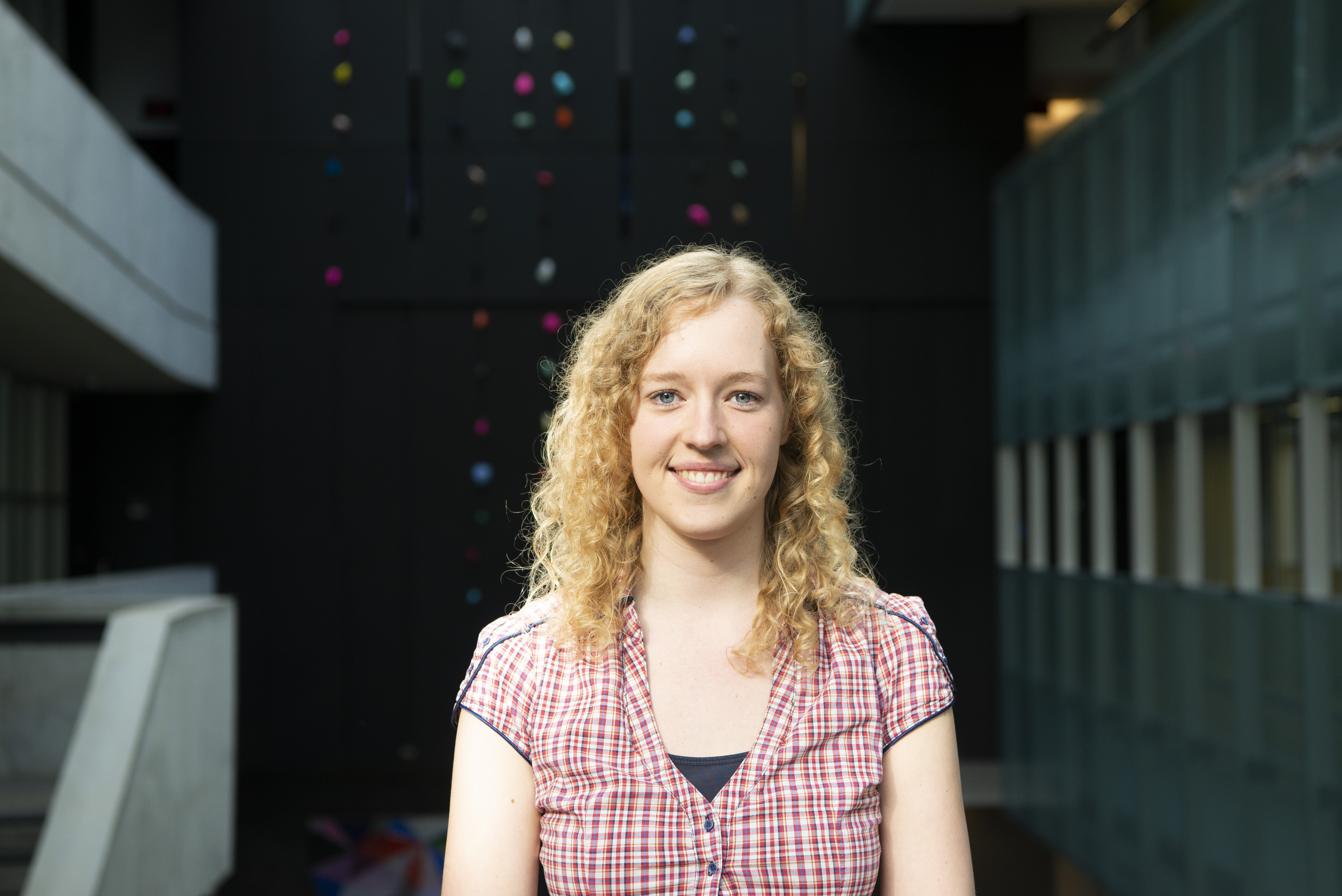
Lena Funcke Receives Leona Woods Lectureship Award
Lena Funcke, a theoretical physicist who conducts research at the intersection of fundamental particles, the cosmos, and quantum computing, has been named a recipient of the Leona Woods Distinguished Postdoctoral Lectureship Award by the Physics Department at the U.S. Department of Energy’s Brookhaven National Laboratory.
Perimeter Institute launches Clay Riddell Centre for Quantum Matter
A new research hub at Perimeter Institute seeks to accelerate discovery in one of the fastest-growing fields in physics, thanks to a $10 million investment from the Riddell Family Charitable Foundation.
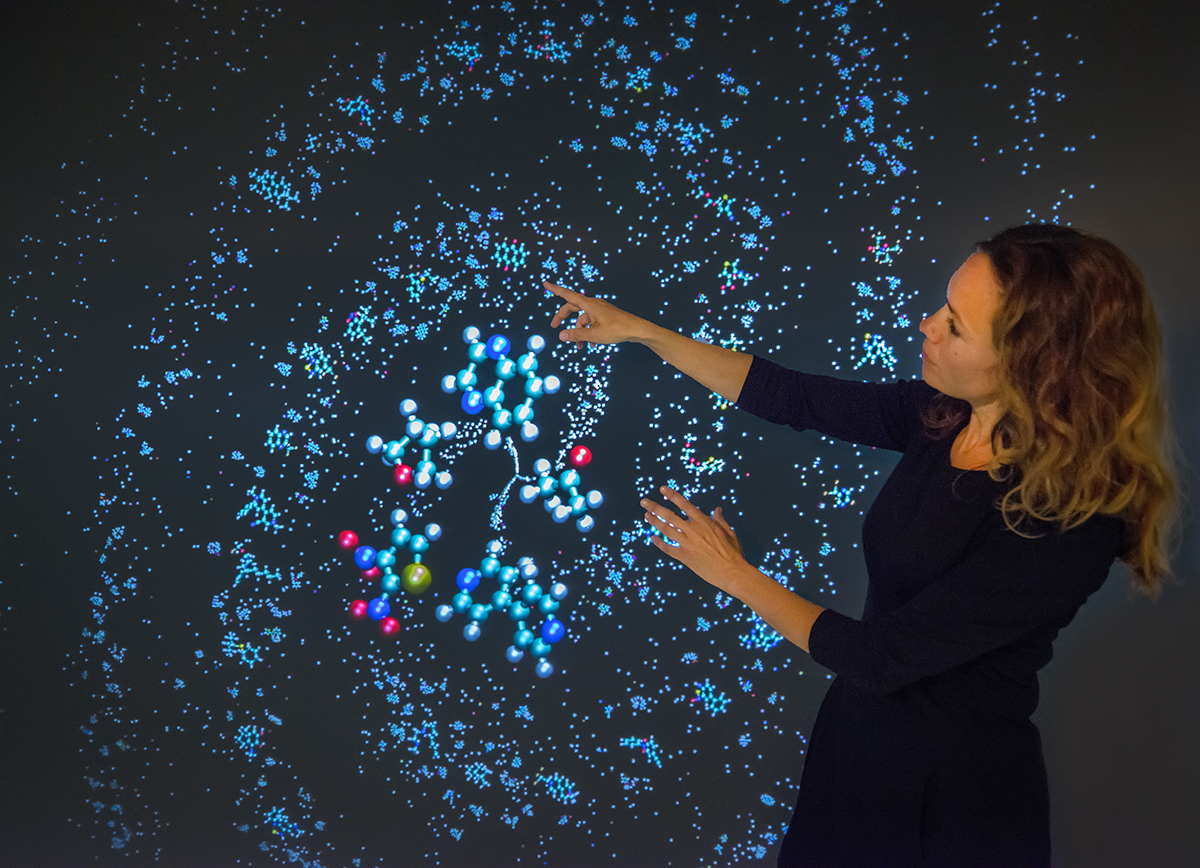
Making a Material World Better, Faster Now: Q&A With Materials Project Director Kristin Persson
Berkeley Lab’s Kristin Persson shares her thoughts on what inspired her to launch the Materials Project online database, the future of materials research and machine learning, and how she found her own way into a STEM career.
Rutgers’ Greg Moore Elected to National Academy of Sciences
Rutgers Professor Gregory W. Moore, a renowned physicist who seeks a unified understanding of the basic forces and fundamental particles in the universe, has been elected to the prestigious National Academy of Sciences. Moore, Board of Governors Professor in the Department of Physics and Astronomy at Rutgers University–New Brunswick, joins 119 other new academy members and 26 international members this year who were recognized for their distinguished and ongoing achievements in original research.

Four Years of Calculations Lead to New Insights into Muon Anomaly
Two decades ago, an experiment at Brookhaven National Laboratory pinpointed a mysterious mismatch between established particle physics theory and actual lab measurements. A multi-institutional research team (including Brookhaven, Columbia University, and the universities of Connecticut, Nagoya and Regensburg, RIKEN) have used Argonne National Laboratory’s Mira supercomputer to help narrow down the possible explanations for the discrepancy, delivering a newly precise theoretical calculation that refines one piece of this very complex puzzle.
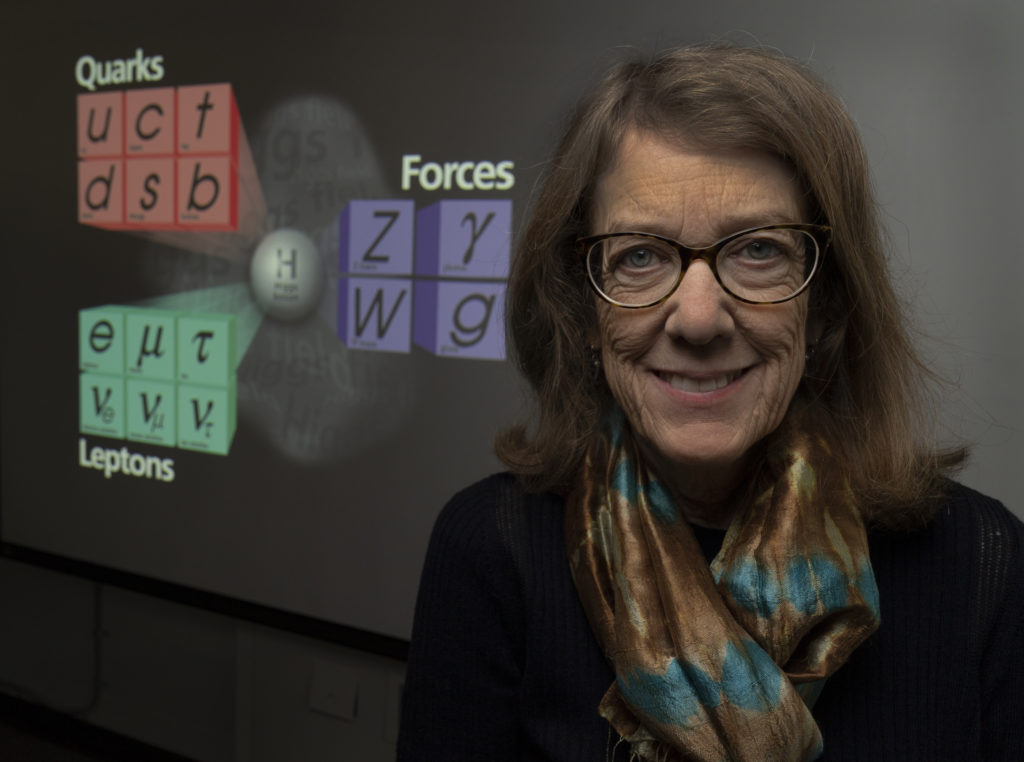
Two Brookhaven Lab Scientists Named DOE Office of Science Distinguished Fellows
Scientists from the U.S. Department of Energy’s (DOE) Brookhaven National Laboratory have garnered two out of five “Distinguished Scientists Fellow” awards announced today by the DOE’s Office of Science. Theoretical physicist Sally Dawson, a world-leader in calculations aimed at describing the properties of the Higgs boson, and José Rodriguez, a renowned chemist exploring and developing catalysts for energy-related reactions, will each receive $1 million in funding over three years to pursue new research objectives within their respective fields.
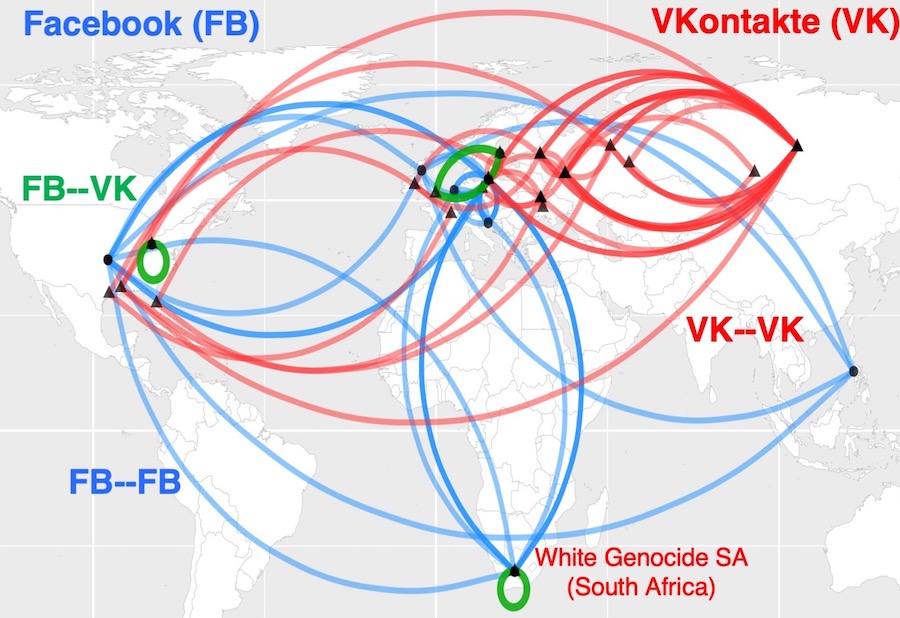
GW Researchers Develop First of Its Kind Mapping Model to Track How Hate Spreads and Adapts Online
Researchers at the George Washington University developed a mapping model, the first of its kind, to track how online hate clusters thrive globally. They believe it could help social media platforms and law enforcement in the battle against hate online.
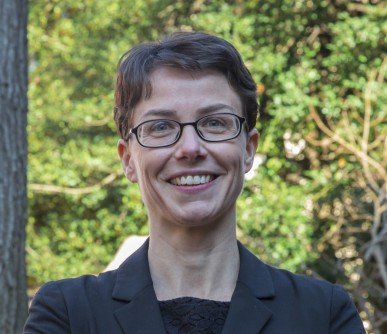
Blavatnik Awards for Young Scientists Announces 2019 National Laureates
An ecologist from Stony Brook University, a theoretical physicist from University of Colorado Boulder and a chemical biologist from Harvard University Three female scientists have been named Laureates of the Blavatnik National Awards for Young Scientists, each receiving $250,000, the…